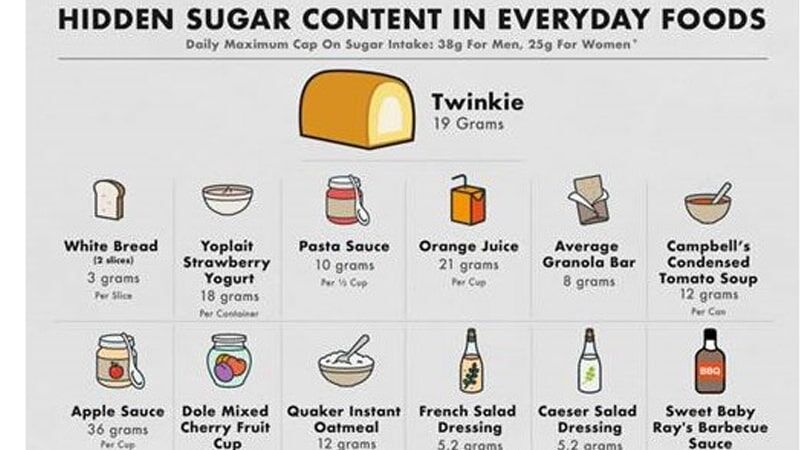When trying to develop a healthy eating lifestyle, whether it’s to lose weight or just to improve your health, there are certain foods you will learn to avoid. These foods which can be marketed as healthy contain lots of sugar.
Chances are you already know that eating too much sugar isn’t good for you. Yet you’re probably still overdoing it. Americans average about 270 calories of sugar each day, that’s about 17 teaspoons a day, compared to the recommended limits of about 12 teaspoons per day or 200 calories.
Sugary drinks, candy, baked goods, and sweetened dairy are the main sources of added sugar. But even savory foods, like bread, tomato sauce, and protein bars, can have sugar, making it all too easy to end up with more sugar than what is recommended.
Dangers of Added Sugar
To complicate matters, even more, added sugars can be hard to spot on nutrition labels since they can be listed under a number of names, such as corn syrup, agave nectar, palm sugar, cane juice, or sucrose.
Sugar is added to many foods, and almost all processed foods that come in a package are a source of sugar. Sugar is also added to many unsuspecting foods as a filler, preservative, and taste enhancer.
Most Americans get more than the recommended amount of sugar per day. Eating extra calories from added sugars can increase the risk for weight gain or increase the risk for chronic diseases such as type 2 diabetes, heart disease, can increase your risk for cancer, can cause depression, accelerate skin aging, can cause acne, a fatty liver and other inflammatory conditions.
Sugar can hide in as many other words on an ingredient label including dextrose, high fructose corn syrup, or fructose. If you are concerned about eating added sugars, check nutrition and ingredient labels on foods before purchasing.
Some foods you wouldn’t suspect as having sugar are surprisingly a source of extra sugar. Here are a couple of shocking foods that contain high amounts of sugar.
Smoothies

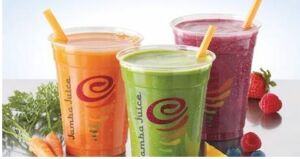
serving. You’re better off biting into a piece of the real thing. Smoothies sound healthy, but sometimes smoothies can have more sugar than a can of soda.
Smoothies from quick-service restaurants are especially notorious for being very high in sugar.
Sauces
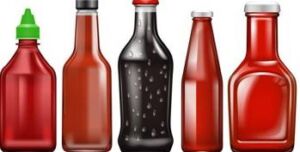
However, many tomato-based sauces, salad dressings, stir fry sauces or salsas have added sugars to them. A half-cup of spaghetti sauce can have around 5-7gm of sugar per serving.
This serving size can easily be doubled for an average serving of pasta with sauce. Ten grams of sugar just from spaghetti sauce could be almost half the recommended added sugar level for a typical adult. Choose sauces that are lower in sugar and ideally do not have sugar or high fructose corn syrup on the ingredient label.
Flavored Greek Yogurt

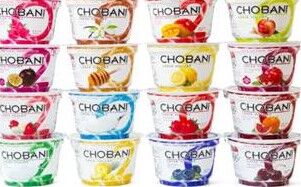
Cold Cereal

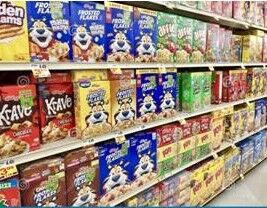
widely between brand, so always read the label to see how much sugar is in a serving.
Coffee Drinks


Salad Dressing

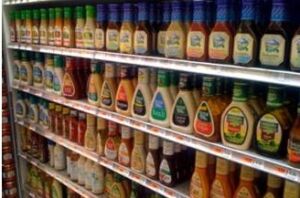
Energy or cereal bars


Some protein bars are actually candy bars in disguise. Compare brands at the store to look for a lower sugar option.
The WHO recommends adults limit added sugars to about 5% of total calories. Most Americans far surpass this recommendation.
You don’t have to avoid eating any sugar, rather it is important to be aware that some foods you are eating could be deceptively high in sugar. It is important to read the labels so you can make better, healthier food choices.
